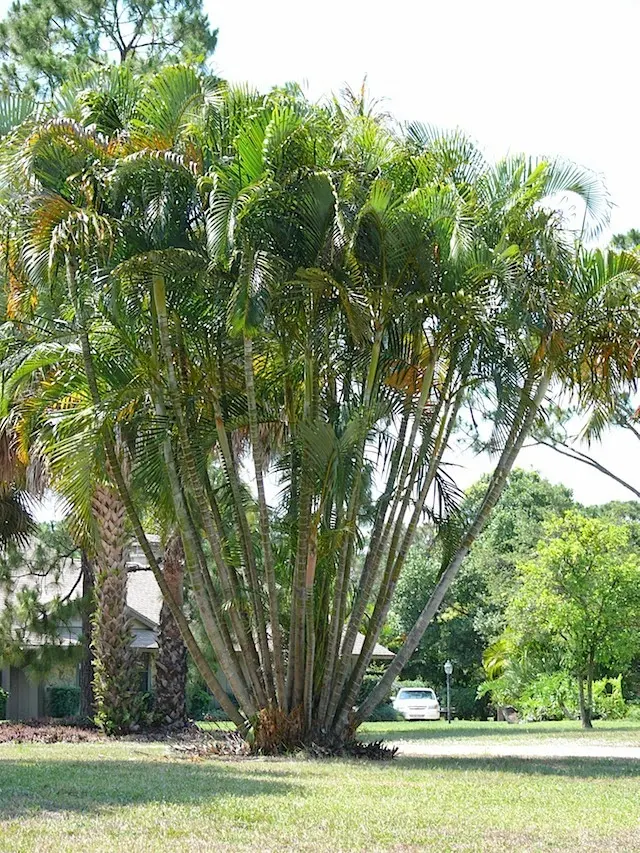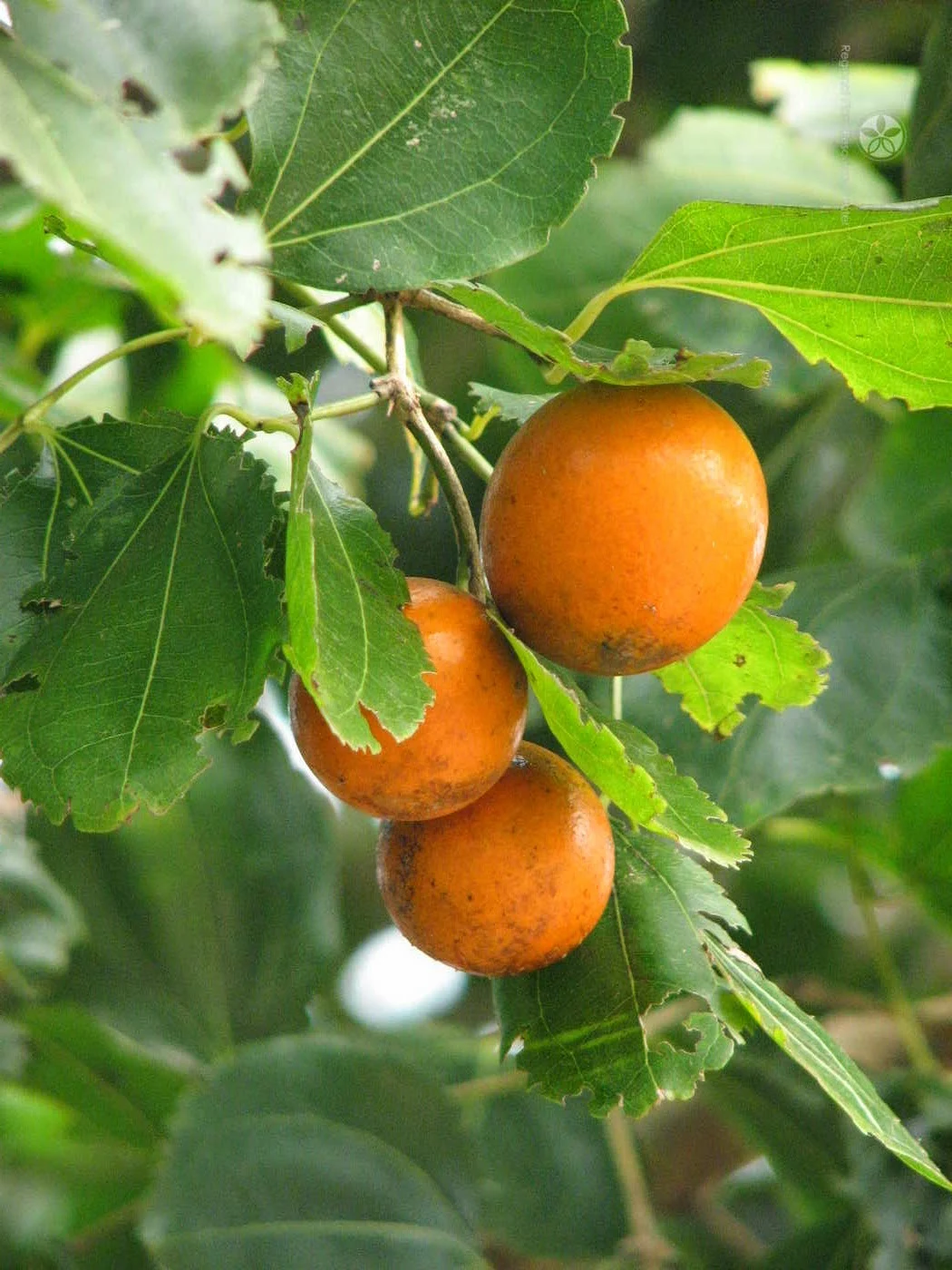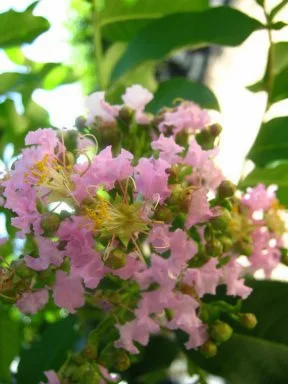By Liliana Usvat
Blog 290-365
I found this uplifting message on Internet and I would like to share it.
In April 2010, a historical moment occurred. More than 32,000 people, including Indigenous Peoples, social movements, small farmers and some world governmental leaders, converged in Cochabamba, Bolivia for the World People’s Conference on Climate Change and the Rights of Mother Earth. Two outcomes of this conference were the Cochabamba Peoples Accord and the Universal Declaration on the Rights of Mother Earth.
Blog 290-365
I found this uplifting message on Internet and I would like to share it.
In April 2010, a historical moment occurred. More than 32,000 people, including Indigenous Peoples, social movements, small farmers and some world governmental leaders, converged in Cochabamba, Bolivia for the World People’s Conference on Climate Change and the Rights of Mother Earth. Two outcomes of this conference were the Cochabamba Peoples Accord and the Universal Declaration on the Rights of Mother Earth.
During the Cochabamba world conference, President Evo Morales of Bolivia officially proposed that the United Nations adopt a declaration that recognizes that Nature or “Mother Earth” has certain inherent rights that we humans must respect and defend.
The adoption by the United Nations and national and local governments of the Universal Declaration of the Rights of Mother Earth would expand the class of holders of legally rights and would initiate a global process of transformation.
Our prophecies and teachings tell us that life on Mother Earth is in danger and is coming to a time of great transformation. As Indigenous Peoples, we are accepting the responsibility designated by our prophecies to tell the world that we must live in peace with each other and the Earth to ensure harmony within Creation.
-
Restoration of the original right of Mother Earth to her natural constitution
Mother Earth’s rights are equivalent to Human Rights. The reactivation of sacred places and sacred sites is vital for the reconstitution of a healthy and balanced life on Earth.
In this task, restoring and reactivating the neglected and injured sites of Mother Earth is urgent. It is necessary to carry out this task on a global level in all biocultural regions of the earth and to revitalize the sacred elements of life: Air, Water, Earth and Fire.
The Natural Rights of Mother Earth should be upheld and endorsed by the United Nations System and by national and regional laws.
The designation and protection of sacred areas of Mother Earth are a way to reinforce ancestral wisdom and the very constitution of Mother Earth.
Within this endeavor for cultural preservation, we recognize that songs, dance, music, prayer, restorative ceremonies and other cultural elements are invaluable and important.
Currently, there is a biocultural crisis on earth. Half of the world’s cultures have disappeared or are in danger of extinction.
Likewise, ecosystems are growing more fragile each day. In spite of existing local and international laws, and significant advances in science and technology Mother Earth and all her beings today confront an ecological crisis that places life itself in jeopardy.
We ardently invite global society and governments to embrace and activate a Unification Process which bring forth the natural wisdom of the Original Mandate and transform harmful ways of living to “Living Well”.
For example, to alleviate Mother Earth’s fever, transitioning towards clean energies is imperative.
"We invite humanity to come together to improve our collective human behavior so that we may develop a more sustainable world. We can preserve, protect, and fulfill our sacred duties to live with respect in this wonderful Creation. We have the power and responsibility for change." Tom B.K. Goldtooth Indigenous Environmental Network
Links
















































